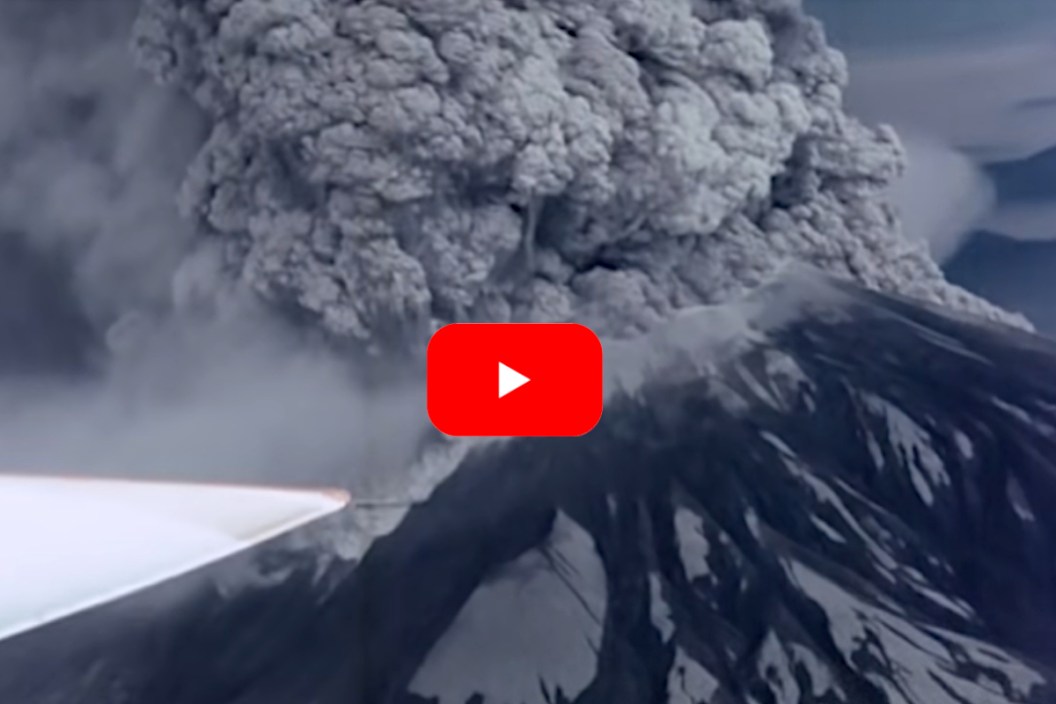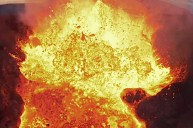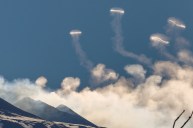The eruption of Mount St. Helens literally showered the Earth in volcanic ash.
It is easy for us humans to forget the Earth is constantly shifting and changing. It is not until we get a volcanic explosion that we realize the destructive potential that lays just beneath our feet. The good news is massive eruptions are usually rare. Many big mountains can go hundreds of thousands of years between events.
The 1980 eruption of Mount St. Helens was a different matter. Since it only happened about 40 years ago, plenty of people still remember the massive lateral blast that changed the face of Mt. St. Helens forever.
The explosion eruptions resulted in the deaths of 57 people and tons of ash coated not just the immediate area, but all parts of the world. To this day, it remains the single largest volcanic disaster in U.S. history.
Volcanologists and geologists knew something was up in the Pacific Northwest's Cascade Range in March of 1980 when small earthquakes, pyroclastic flows of hot volcanic gases, and steam phreatic eruptions started showing that something was brewing under the large lava dome.
By April of 1980, the U.S. Geological Survey was warning Washington state officials that explosive eruptions might be imminent. Their fears were well-founded, as a bulge formed on the north flank of the mountain. It prompted then Gov. Dixy Lee to declare a danger zone around the volcano that could not be entered without a pass under penalty of fines.
When the volcanic eruption finally happened on May 18, 1980, it caused some of the largest landslides and mudflows ever seen, covering more than 24 square miles in debris made mostly of trees. The debris avalanche was incredible. To this day, more than 40 years later, there are still trees in nearby Spirit Lake and the North Fork Toutle River. The trees can clearly be seen in an aerial view on Google maps.
The unique thing about this explosion was how many areas were affected by the emission of ash. It was not just Seattle or parts of California and Oregon either. Volcanic ash fell all over the entire world. No wonder the Mount St. Helens eruption remains burned into our memories. It was an event few of us will ever forget, and few will likely ever see again.
Products featured on Wide Open Spaces are independently selected by our editors. However, when you buy something through our links, we may earn a commission.
For more outdoor content from Travis Smola, be sure to follow him on Twitter and check out his Geocaching and Outdoors with Travis YouTube channels.
NEXT: THE AXIS DEER AND HOW THEY'RE IMPACTING PARTS OF THE UNITED STATES
WATCH





